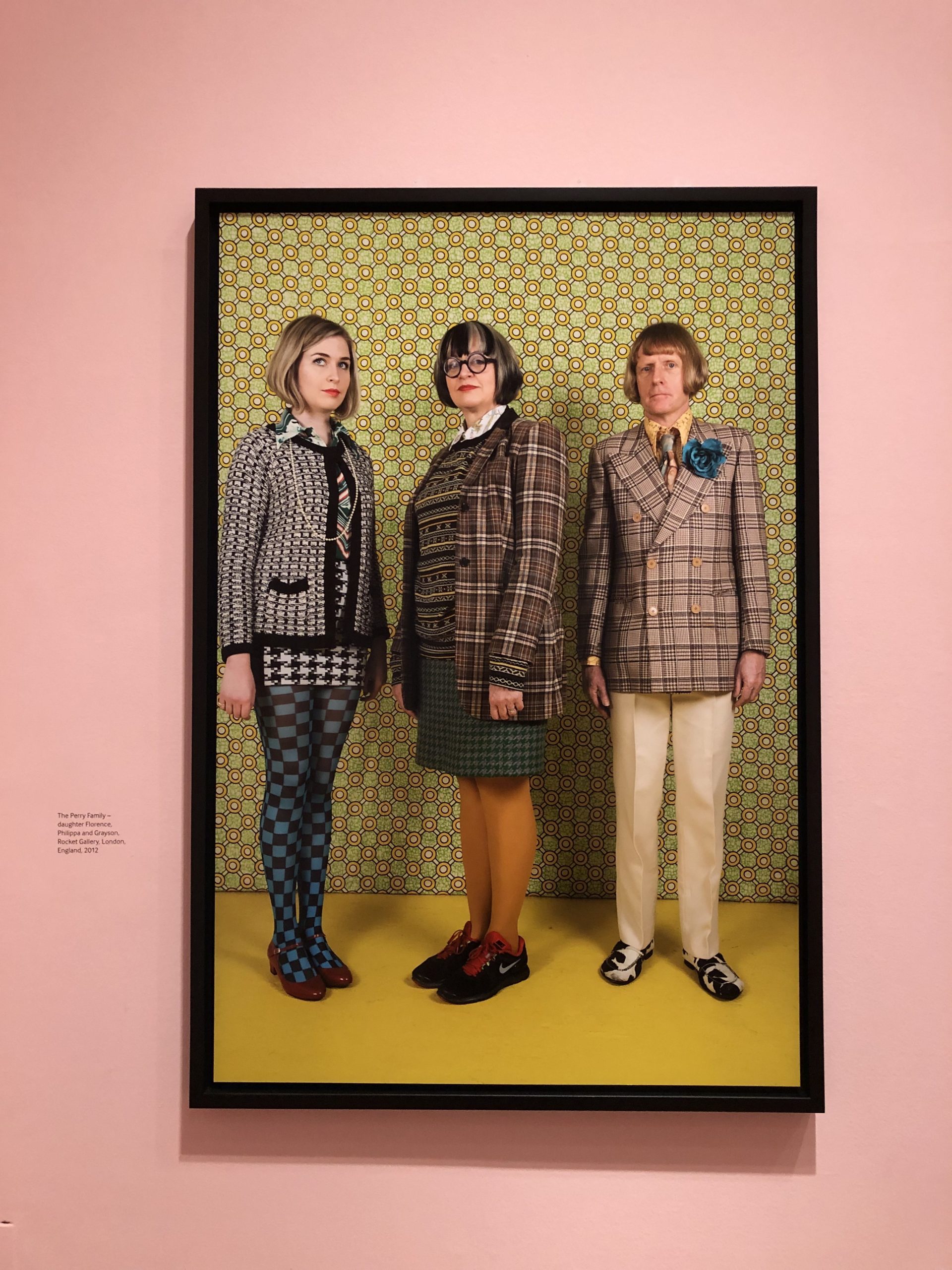
Where I grew up, Bruce Springsteen was a god.
He was IT, as far as New Jersey locals were concerned.
The Boss.
At some point, Bruce more or less became synonymous with the state.
Like, if the SNL guys had done a Springsteen skit, instead of one about Ditka, and if they’d gotten Stevie Van Zandt to do a parody of himself, instead of George Wendt, we’d be talking about an entirely different timeline. (Though perhaps still a good one. Is Jon Bon Jovi President in this alternate timeline, I wonder?)
I mention Bruce today, because I grew up loving his music, but lately, have begun to wonder if he is actually good at singing.
Which, you, know, with him being a singer and all, is kind of a bad question to ask, at this point.
I guess now that I’ve lived away from New Jersey longer than I lived there, the Bruce Springsteen-magic-fairy-dust is wearing off, and I’m awakening from a chloroform-like haze.
Sometimes, when the person and the place become the same thing, it can be hard to know of they’re still making the pizza with the same recipe, or of Junior is scrimping and buying cheaper mozzarella.
You know what I’m saying?
The legend can cast a large shadow, and as photographers, we all know how valuable the light is, if you feel me.
And speaking of famous institutions…
I’d like to discuss Martin Parr’s “Only Human” exhibition that I saw in May at the National Portrait Gallery in London, just before it closed.
I’d interviewed Martin Parr for an NYT Lens blog piece, back in April, and he invited me to attend a walk-through of the exhibition, if I was going to be in town.
I’ve previously covered the reasons why I was in London, so I accepted his offer, and oddly bumped into him at Photo London the afternoon before, where I confirmed I’d be attending. (He was doing a book signing at the fair.)
When I gave my name at the front desk, early in the morning, I wasn’t on the list, but when I assured the guard I was legit, I guess I seemed trustworthy, because they let me in.
I joined the talk a couple of minutes after it started, and found it all to be a bit perfunctory, really. (Like a docent tour at the zoo.)
When we spoke via Skype, Martin Parr was very funny, but we always kept the conversation with in range of our purposes. There were no off-the-wall digressions, nor any surprise details dropped.
At the talk, it was all business, but that spark of wit and charm was not on full display, unfortunately.
Below he describes people dancing.
And Brexit.
Here’s the selfie wall.
And there’s the tennis room.
By the way, have you seen the cafe?
Martin said the art-installation-cafe had been his idea, and so they built an extra one that served real food, though it wasn’t open yet, being morning and all.
The Autoportraits, in which he allowed himself to be photographed by local portrait photographers, in their typical style, never smiling, were pretty great.
Funny and original, I laud the idea and the effort.
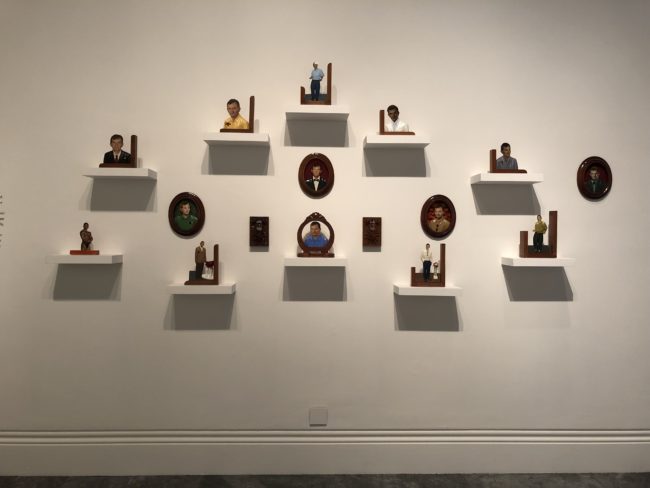

And I loved the Grayson Perry family portrait.
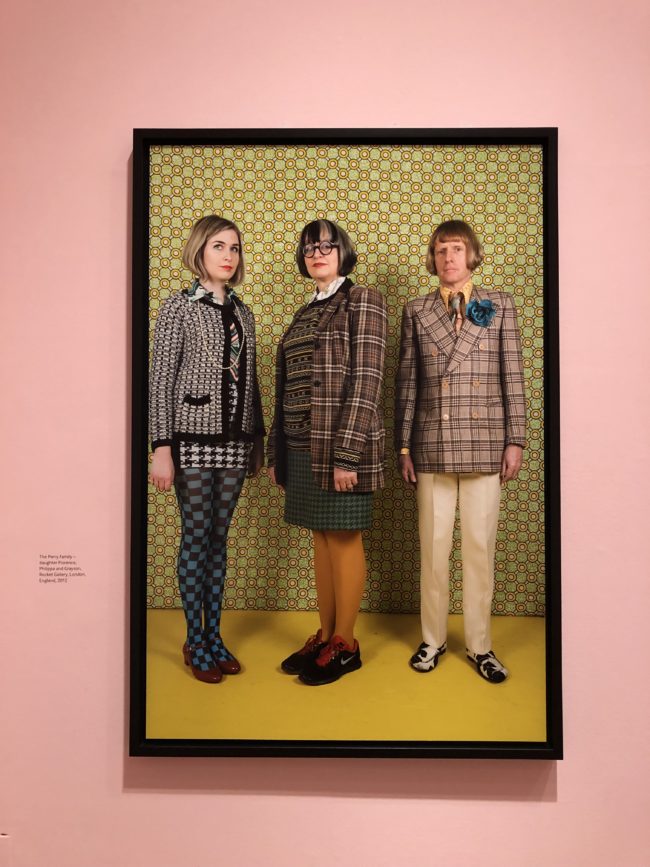
But the rest of it left me feeling a bit cold, if I’m being honest.
Martin Parr’s often lauded for being satirical, and surely there were images critical of the English across the racial and class divides.
He pointed cameras at the Brexiteers, and the diverse English residents driving the racists bonkers. The show gives us Aristocrats and fishmongers and everyone in between.
The photographer is known for being ambiguous; influenced by the dry, new topographics style of the 1970s.
And it wouldn’t be English if it weren’t at least a little absurd.
But maybe that was my problem?
In a shocking, Post-Trumpian world, these seemed a little average.
They felt current, but not RIPPED FROM THE HEADLINES.
I know the Parr style of big flash, saturated colors, and flattened picture plane was radical, at one point, but collected in the museum, work from the 21st Century, it was a bit tame for me now.
Does that make sense?
Like, when I heard “Born in the USA,” in the 80’s, I fucking loved that song, but now, when I hear it, I think, we’ll, that’s a bit dated, isn’t it?
I like to be moved, or feel inspired, and that didn’t happen in the “Only Human” exhibition.
If I were English, or hadn’t spent time looking at all the images in the catalog, preparing for my article, I might have felt there was more freshness.
When you see the photos and video I’ve included, you may think I’m off the mark.
(There were positives, of course. I’m not saying the show was bad, only that it was unremarkable.)
I was impressed that a wall placard gave credit to those behind the scenes, which was very decent, and it was clear the audience treated Martin Parr like a rock star.
And they lined up to meet him in the gift shop.
Ah, the gift shop.
I can’t not write about it.
I just can’t.
In my lede for Lens, I referred to Mr Parr as a cottage industry, and the variety of products on sale were staggering.
Chocolate bars, flip flops, t shirts, you name it.
Along with the Instagram wall, the entire gift shop felt like it was designed to be on the Gram as well. I suspect the merch on offer, and the hashtags generated, were a part of the show’s allure for the crowds too.
I know that for an opinionated critic, not taking a stand here is very unlike me.
Why bother spilling ink, if it was just OK?
Well, to begin with, I promised the review three times, so it would be lame to back out.
I normally love funny, and absurd, and English, but I willed myself to love “Only Human,” but only found it “Meh.”
What can I say?
The heart wants what it wants.
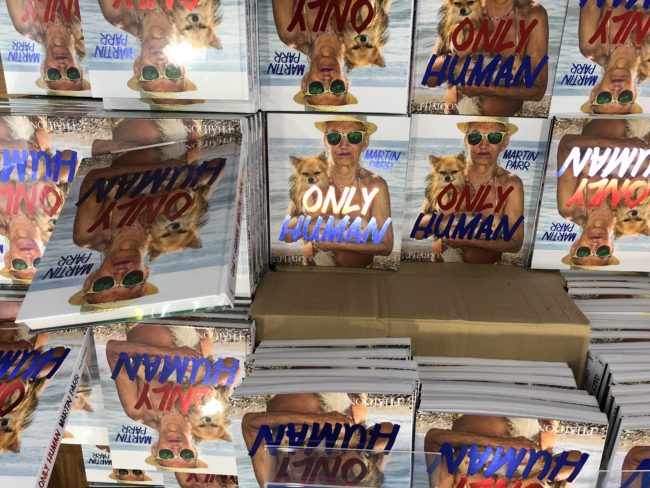
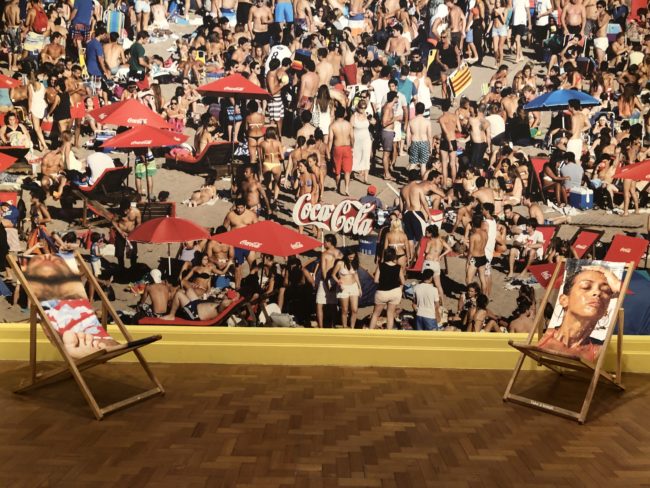
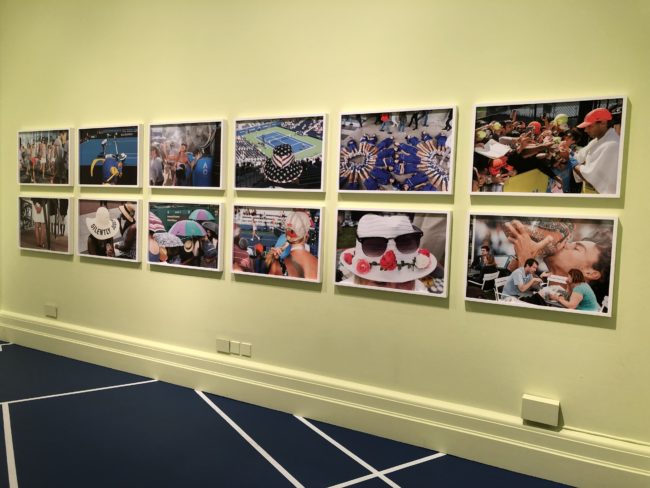
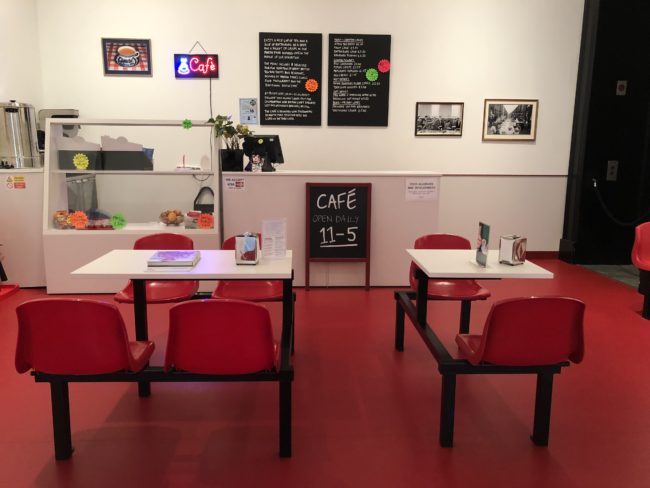
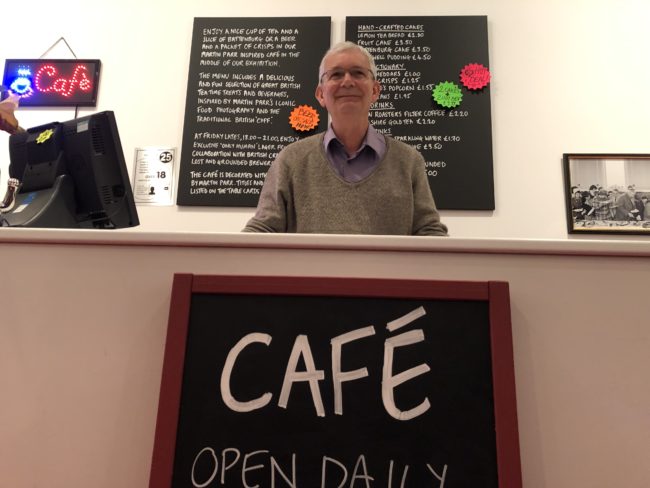
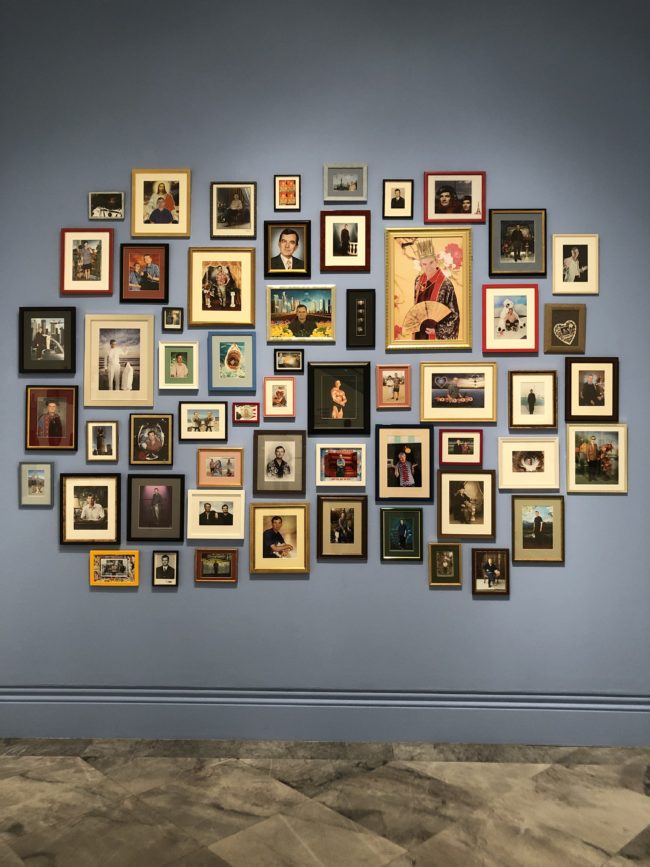
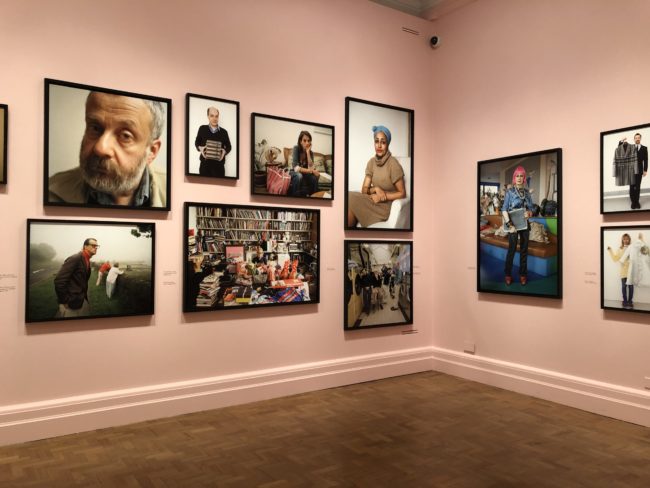


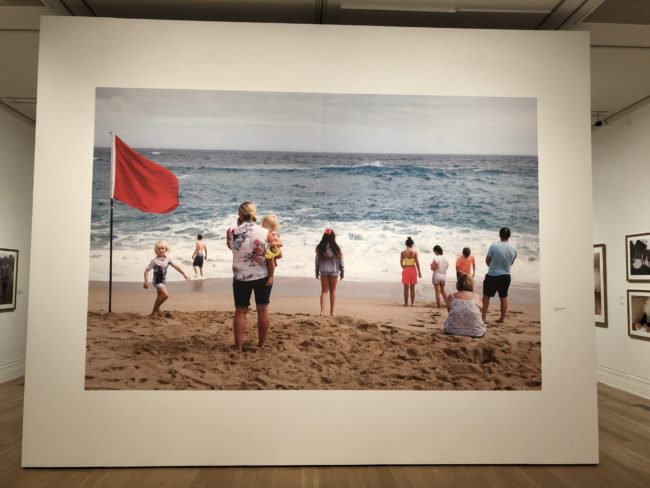
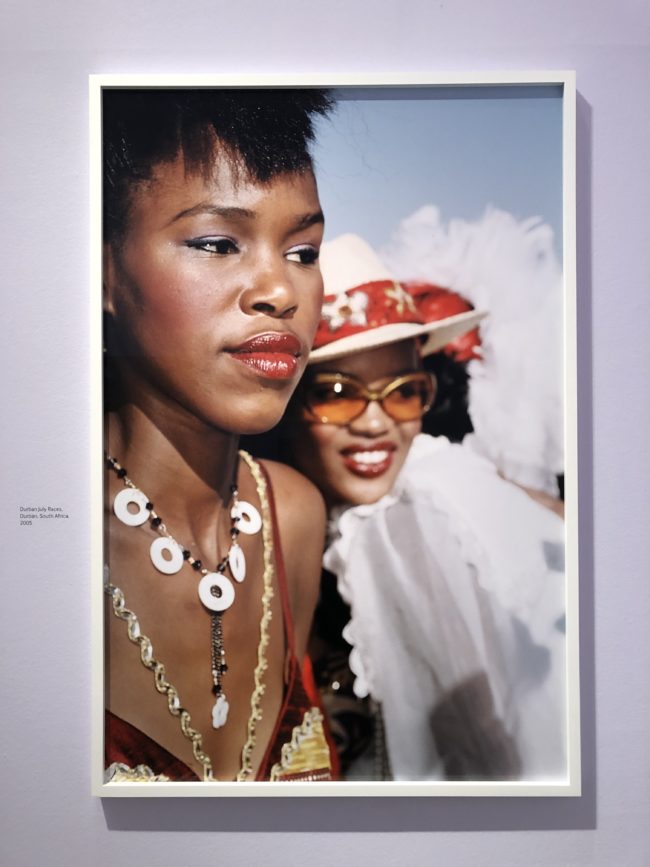
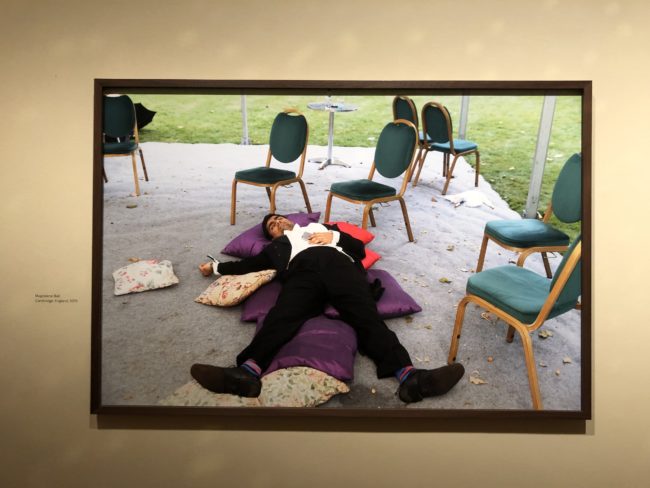

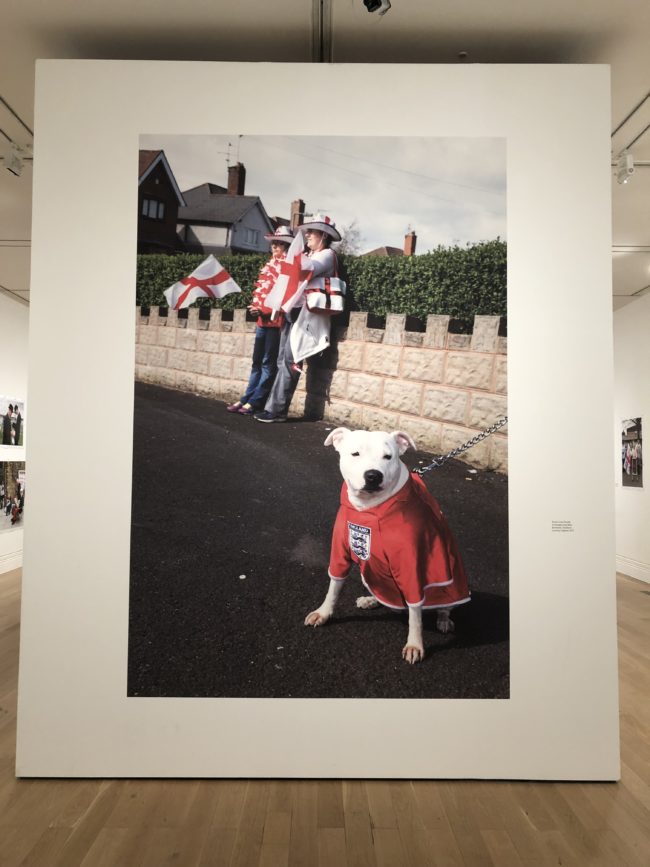
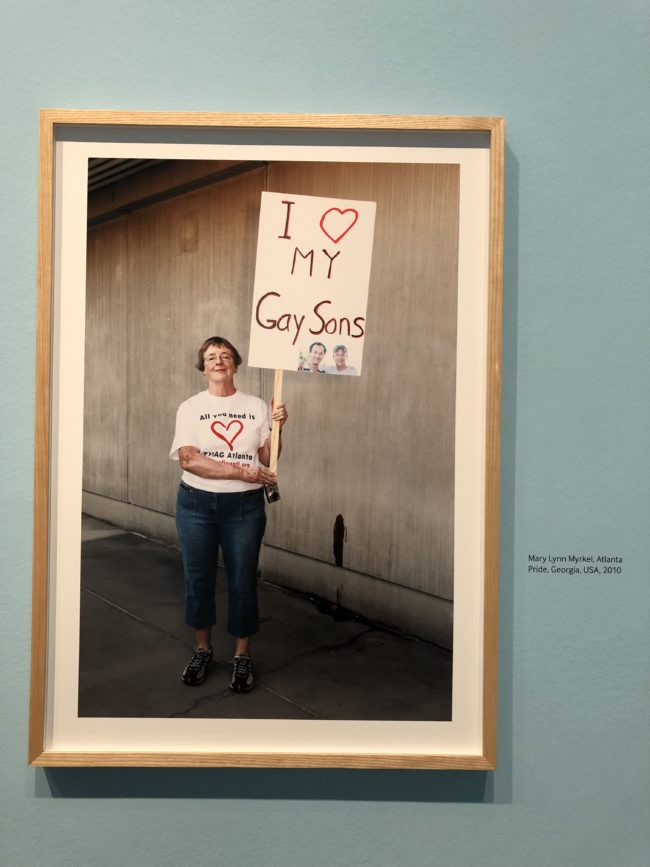
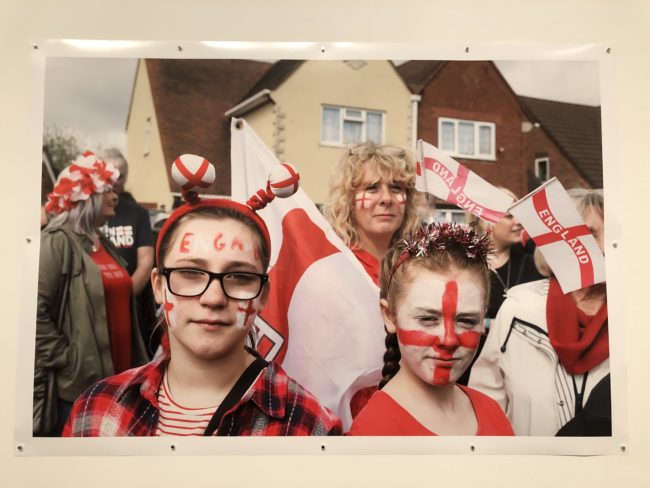
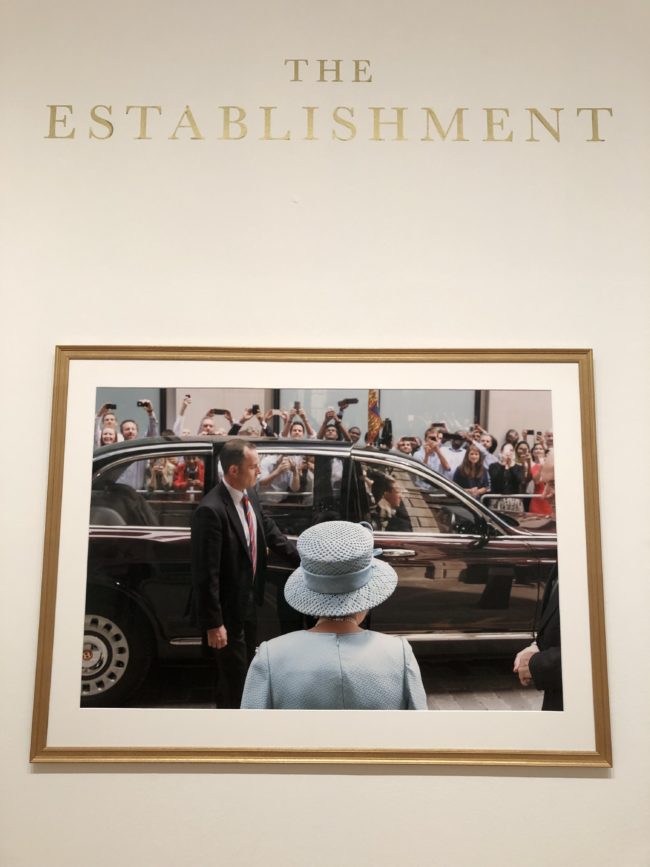
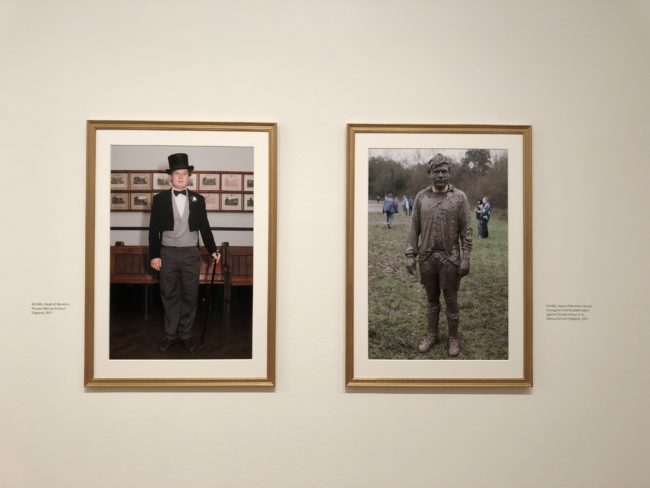
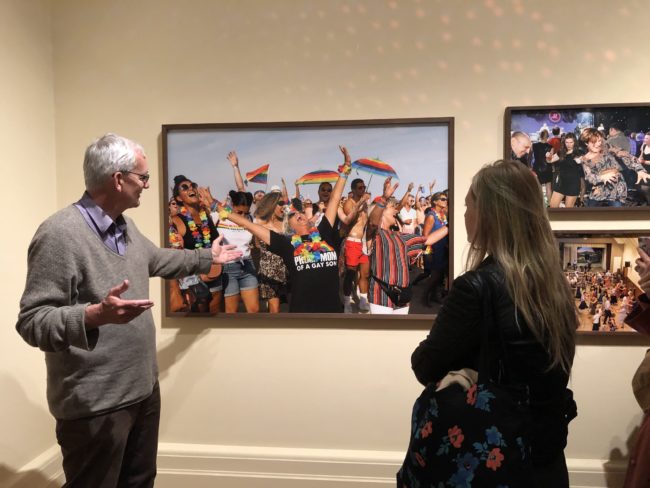
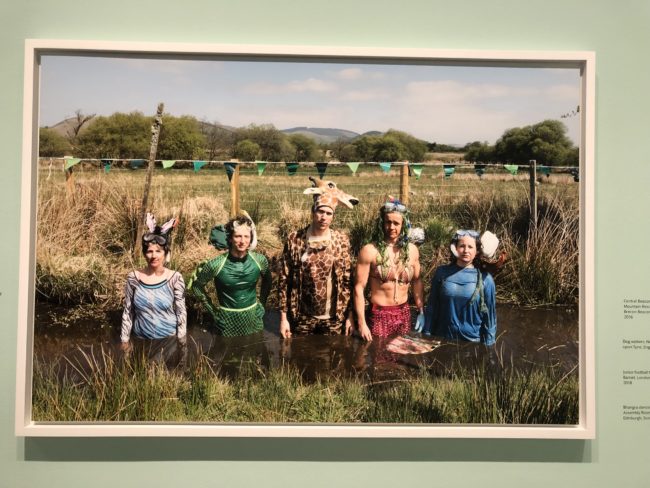

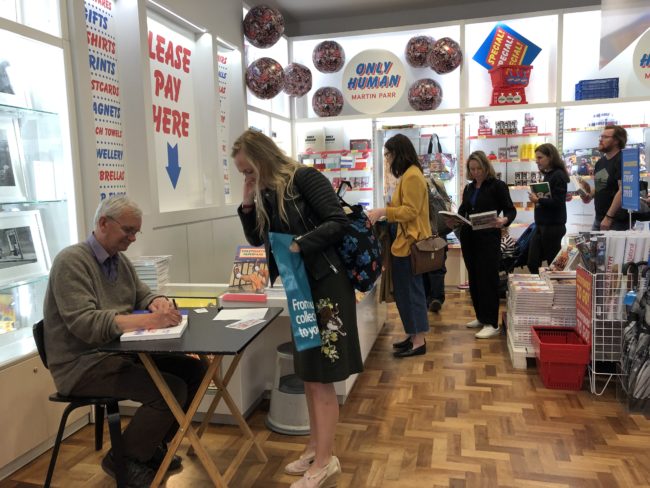
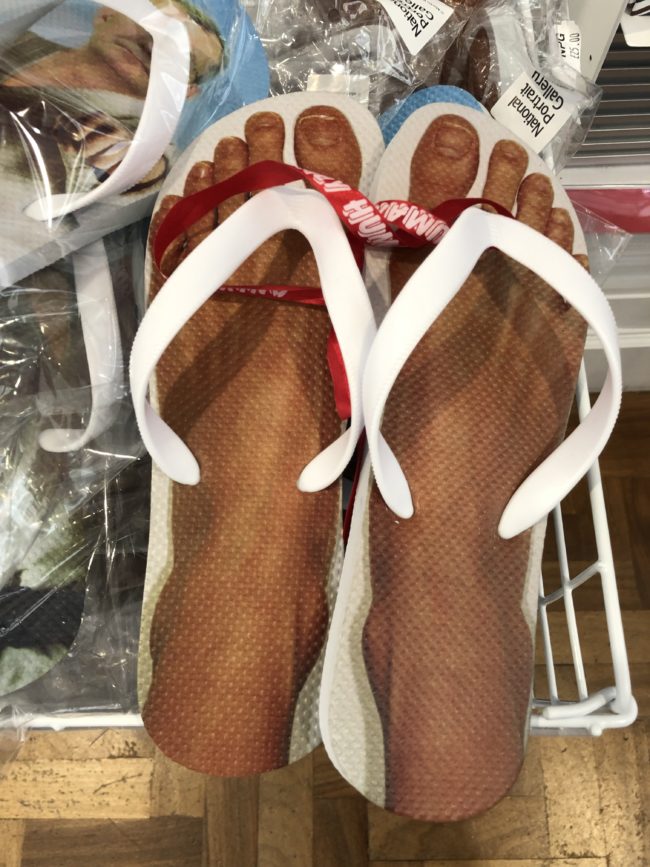

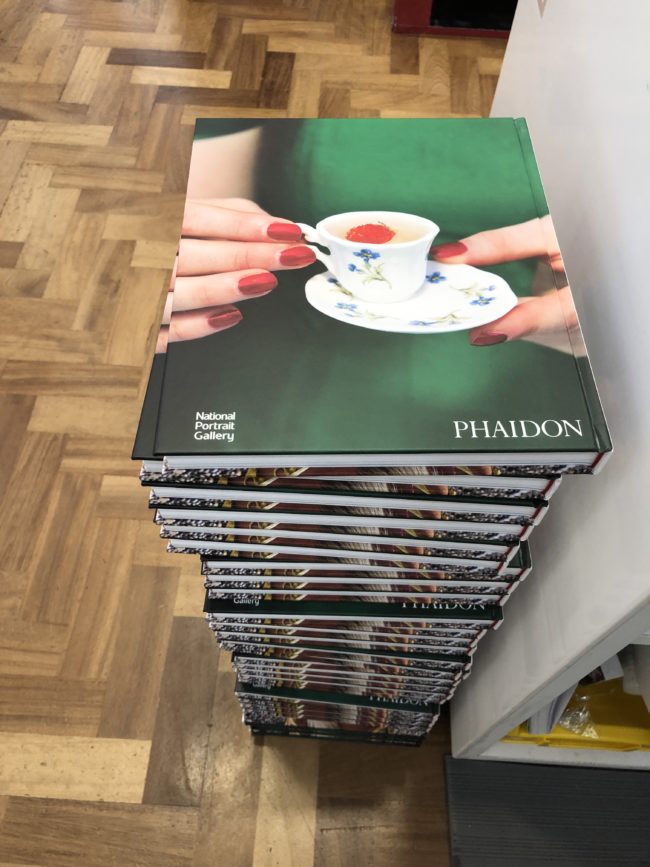
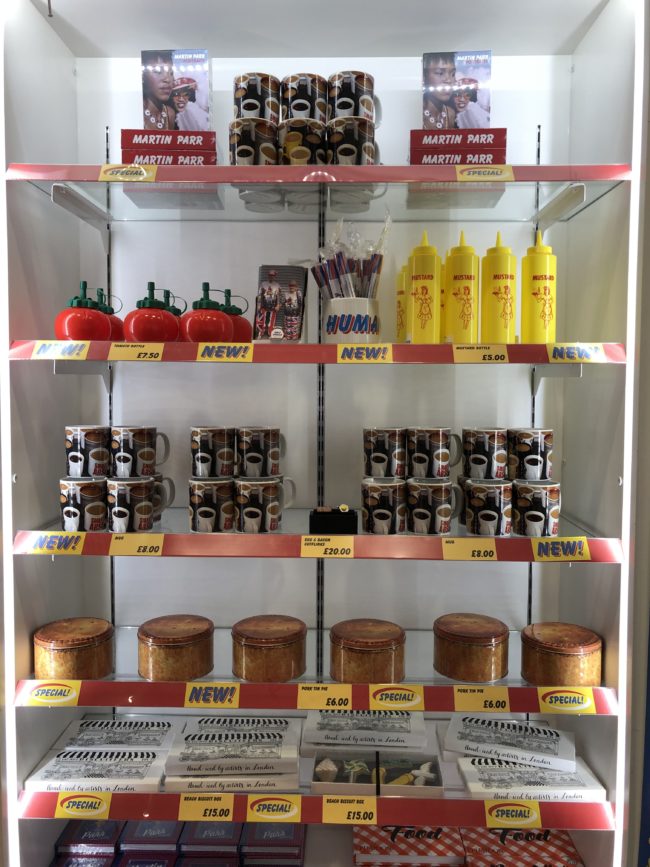
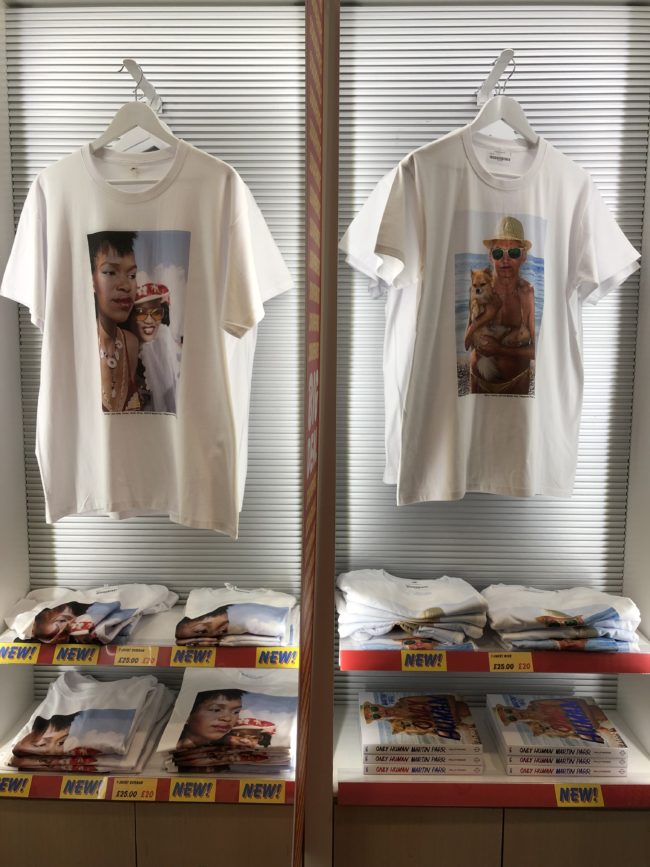

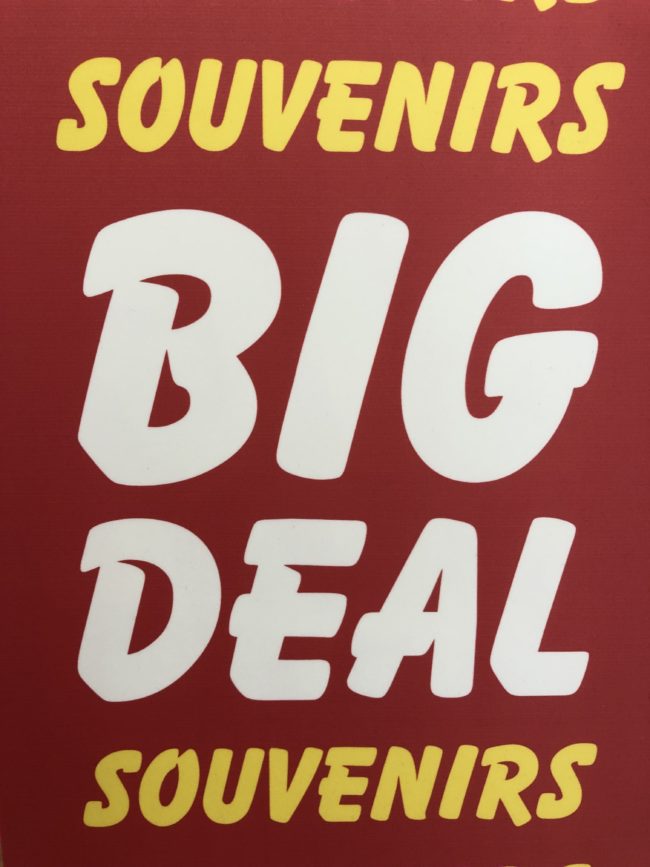

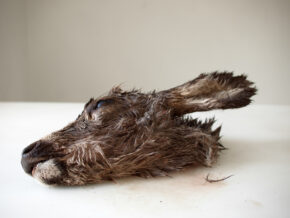
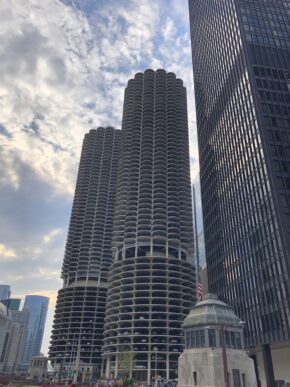
2 Comments
Marty (does anyone call him that- I wouldn’t know) reminds me of The Stones in the late Seventies- could still churn ’em out, and even manifest occasional moments of their prior brilliance. He’s still one of the best to this day, but I don’t think anything he’s ever done, or ever will do, will ever match the genius of The Last Resort. He had every cylinder firing flawlessly back then with his pictures within pictures, dramas within comedy amidst pathos… But then, no one could have maintained that intensity of vision forever.
By comparing him to The Stones, and Springsteen, we’re both showing respect. But the work I saw in London was tired, no doubt. He’s earned the right, but as a critic, I felt the need to call it as I saw it.
Comments are closed for this article!